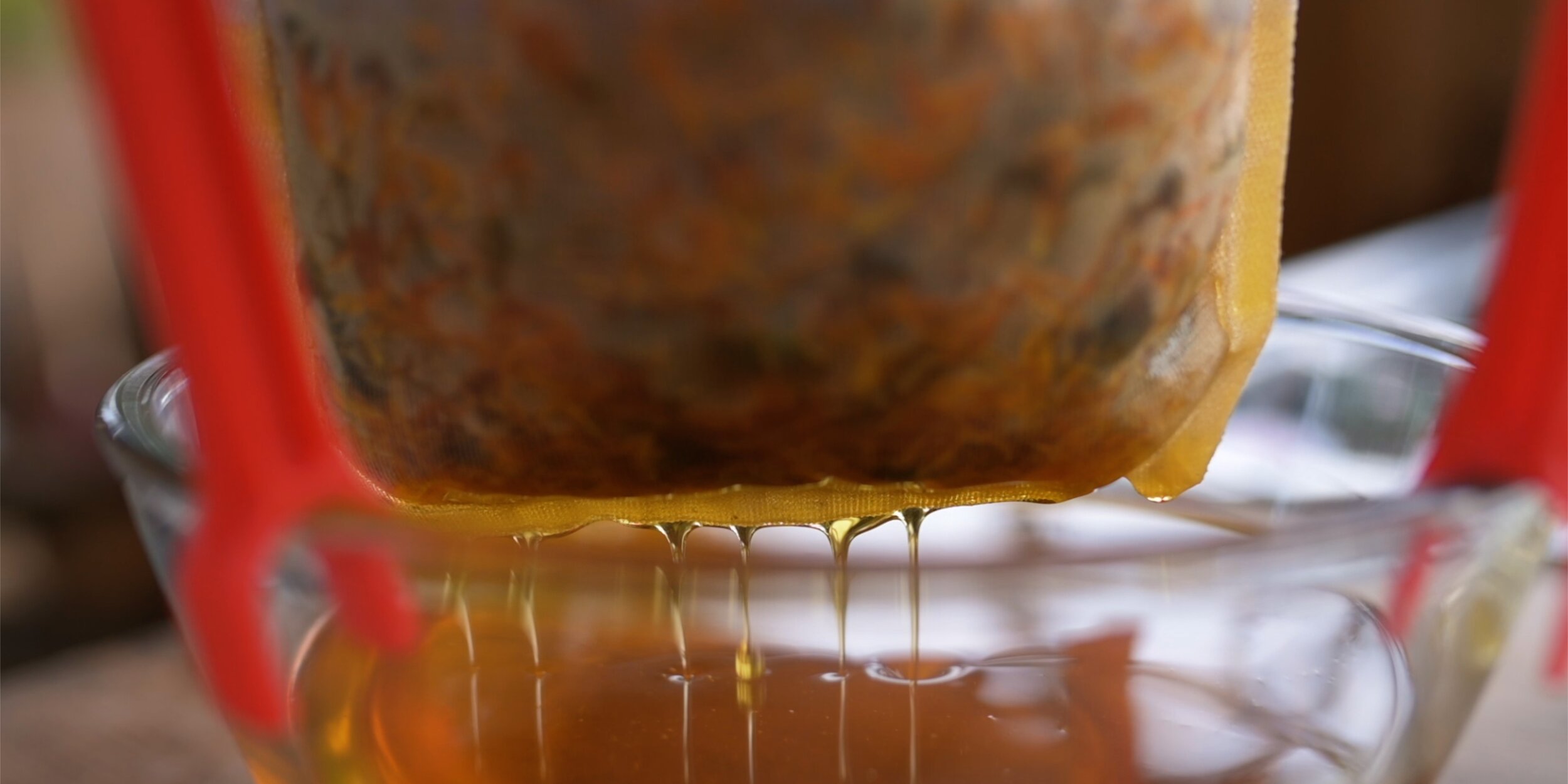Its really easy to make a herbal/root tincture that you can use in your “home pharmacy”.
You will need two things:
Herb/root of your choice
Plain/not seasoned alkohol (vodka etc) Not above 40% because that can draw out unwanted substances (Allegedly).
I always prefer to use dried herbs/roots but you can also use fresh herbs, dried herbs are more potent than fresh ones. If possible, use organic or self picked herbs/roots and also organic alkohol, free from pesticides and things like that.
Fill a jar 1/3 with your herbs/roots and fill up the rest with alkohol.
Let it stand in a window for about two weeks, strain and pour in a dark glass flask. Store it dark.
Because its alkohol, it will last for years and years.
I did a Valerian Root tincture and a Arnica Montana tincture.
Valerian Root is used for insomnia, anxiety, worry and stress, it makes you calm. Start with a few drops in your beverage when needed and adjust after that. Do not use valerian tincture for long periods of time or too much, it can cause other effects than the wanted ones. A lot of cats love dried valerian root, its like catnip to them. Valerian root has a very distinct smell and when dried it smells even more,
Arnica Montana expands your blood vessels and increases your blood flow, which will help ease sprains, swellings and bruises if you dab (with a cottoned or something) some tincture as soon as the damage is done. My mother has always had Arnica tincture in her cabinet and used it on me and my siblings when we hurt ourselves, we rarely had bruises. Arnica is only for external use and not on open wounds.
I also make herbal oil out go Arnica every year, with that I make my Arnica Salve, calming sore muscles and joints. Here is another blogpost where I explain the making of the herbal infusions. Herbal infusion.
As always, read more about the herbs and the effects to know if it is for you and your needs!
Im sure that they knew much more about herbs and plants back in the days, now we have a different relationship with the world around us and have forgotten a lot of that knowledge, im sure if we start to listen again we can find more information on how the plants can help us.
Arnica Montana
Valeriana Officials









